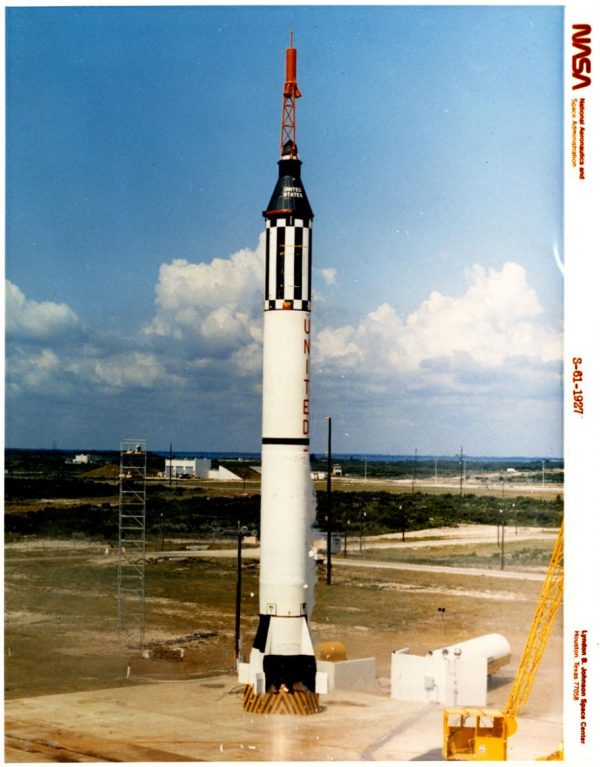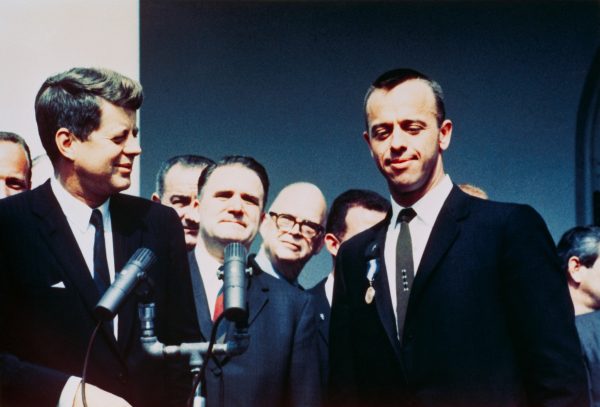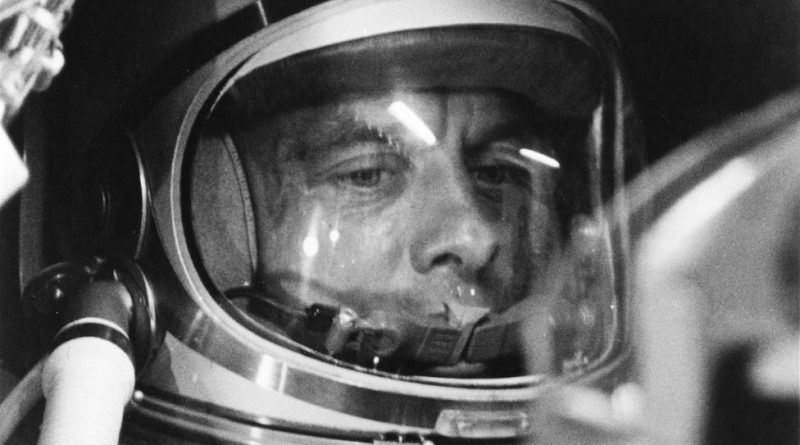May 5 in U.S. military history
1862: Disappointed in the lack of progress of Maj. Gen. George B. McClellan’s Peninsula Campaign, President Abraham Lincoln departs for Hampton Roads, Va. on the Treasury Department revenue cutter Miami to personally oversee operations. Over five days, the president — a former militia rifle company commander — directs the bombardment of Confederate positions and lands to conduct reconnaissance of the area with Secretary of War Edwin M. Stanton and Secretary of the Treasury Salmon P. Chase.
1864: The bloody albeit inconclusive Battle of the Wilderness (Virginia) opens between Union Army forces under the command of Lt. Gen. Ulysses S. Grant and Maj. Gen. George G. Meade, and Confederate forces under Gen. Robert E. Lee. Fighting is grim: Casualties will be heavy on both sides. Union and Confederate generals will be killed. Wounded and trapped soldiers will be burned alive by a battle-sparked woods fire. Within two days, Grant will disengage and advance toward Spotsylvania Courthouse.
1916: Two companies of Marines from the transport USS Prairie (AD-5) land at Santo Domingo, beginning the United States’ eight-year occupation of the Dominican Republic. The leathernecks provide protection for the U.S. Legation and Consulate, and occupy the nearby Fort San Geronimo.
1917: Eugene J. Bullard becomes the first black combat aviator, earning his wings with the French Air Service. The Columbus, Ga. native’s father came to America from the Caribbean island of Martinique and his mother was a Creek indian. Bullard fled to Europe to escape racism in the United States and joined the French Foreign Legion as a machine gunner, seeing action in the Somme, Champagne, and Verdun campaigns before being wounded. After recovering, he joined the air service and earned his pilot’s license. The “Black Swallow of Death” would fly 20 combat missions for the French, claiming two aerial kills before war’s end. He volunteered for the infantry when Germany invaded France again in 1940 and was wounded.
1945: A Japanese balloon bomb explodes in Bly, Oregon, killing a pastor, his wife, and five Sunday schoolchildren on the way to a picnic. The Japanese sent over 9,000 of these incendiary devices into the jet stream, hoping some would land in America and the small explosives would start forest fires or cause casualties. A few hundred of the world’s first “intercontinental weapon” were observed in the United States, going as far inland as Iowa and Michigan, but the only casualties are the one explosion in Bly. The highly technical devices use altimeters and valves to control the hydrogen-filled balloons during the three-day, 8,000-mile flight from the east coast of Japan’s Honshu island.

1961: “Light this candle!”
At 9:34 am a Mercury-Redstone rocket blasts off from Cape Canaveral, Fla., making U.S. Navy Commander Alan B. Shepard Jr. (featured image) the first American in space. Shepard’s 15-minute ride in “Freedom 7” capsule takes him 116 miles above the Earth’s surface, and he encounters 11.6 “Gs” during NASA’s first manned spaceflight test.
In three weeks President John F. Kennedy will commit to putting a man on the moon before the decade is over.

